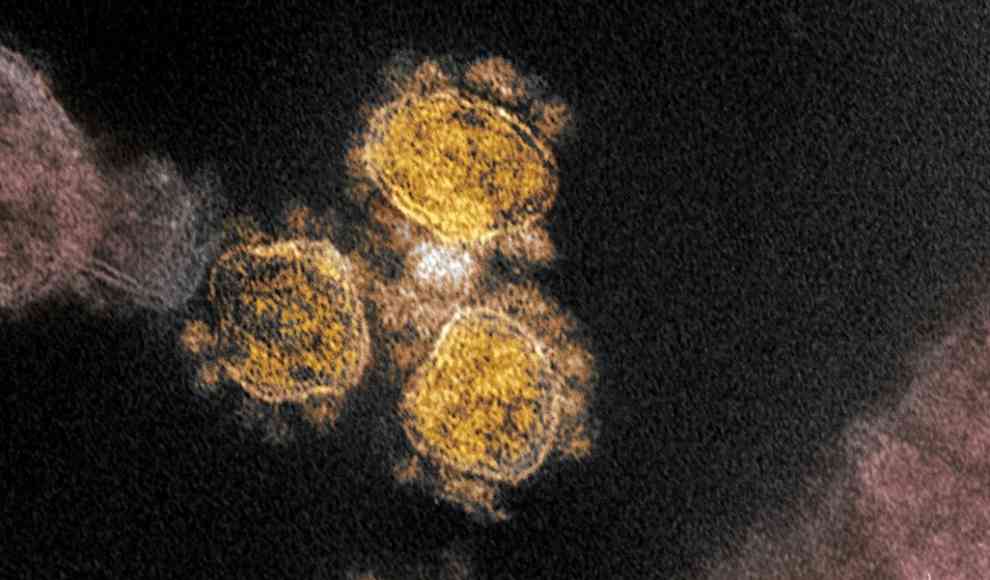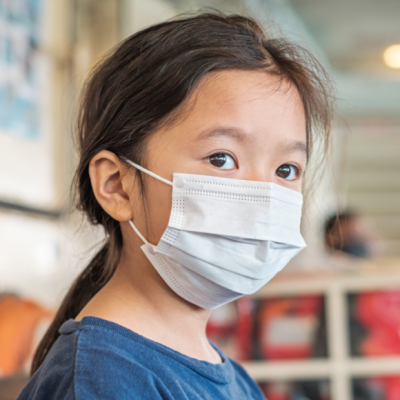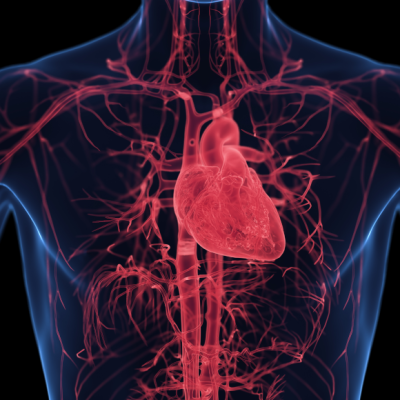A new study has found that higher temperatures can significantly increase the half-life of infectious SARS-CoV-2 particles. The virus is primarily transmitted through aerosols and droplets, with studies showing that even loud talking can release the virus into the air for up to 14 minutes in enclosed spaces. The German Aerospace Center (DLR) is currently investigating how the virus spreads in trains and airplanes and how travelers can be protected. Another mode of transmission is through contaminated surfaces, known as fomite transmission. Until now, it was believed that high temperatures would quickly kill the virus on surfaces. However, a study by the Ruhr University Bochum published in the Journal of Infection has shown the opposite.
The study, led by Stephanie Pfänder, contaminated surfaces with the virus and then observed how it developed at 4 degrees Celsius, room temperature, and 30 degrees Celsius. The researchers measured the half-life, or the time it takes for the number of infectious particles to decrease by 50 percent. At refrigerator temperature, the half-life was 12.9 hours, at room temperature it was 9.1 hours, and at 30 degrees Celsius it was 17.9 hours. While the study only examined the effects of temperature, it did not take into account other factors such as UV light, which increases in the summer and has been shown to kill viruses.
It is unclear whether previous predictions that higher temperatures in the summer would lead to a decrease in new infections will need to be revised based on these new findings. The study only examined the effects of temperature on dry surfaces, which reduced the infectivity of the virus by 100 times within the first hour. The study highlights the importance of continued research into the transmission of the virus and the need for effective measures to protect against it.









